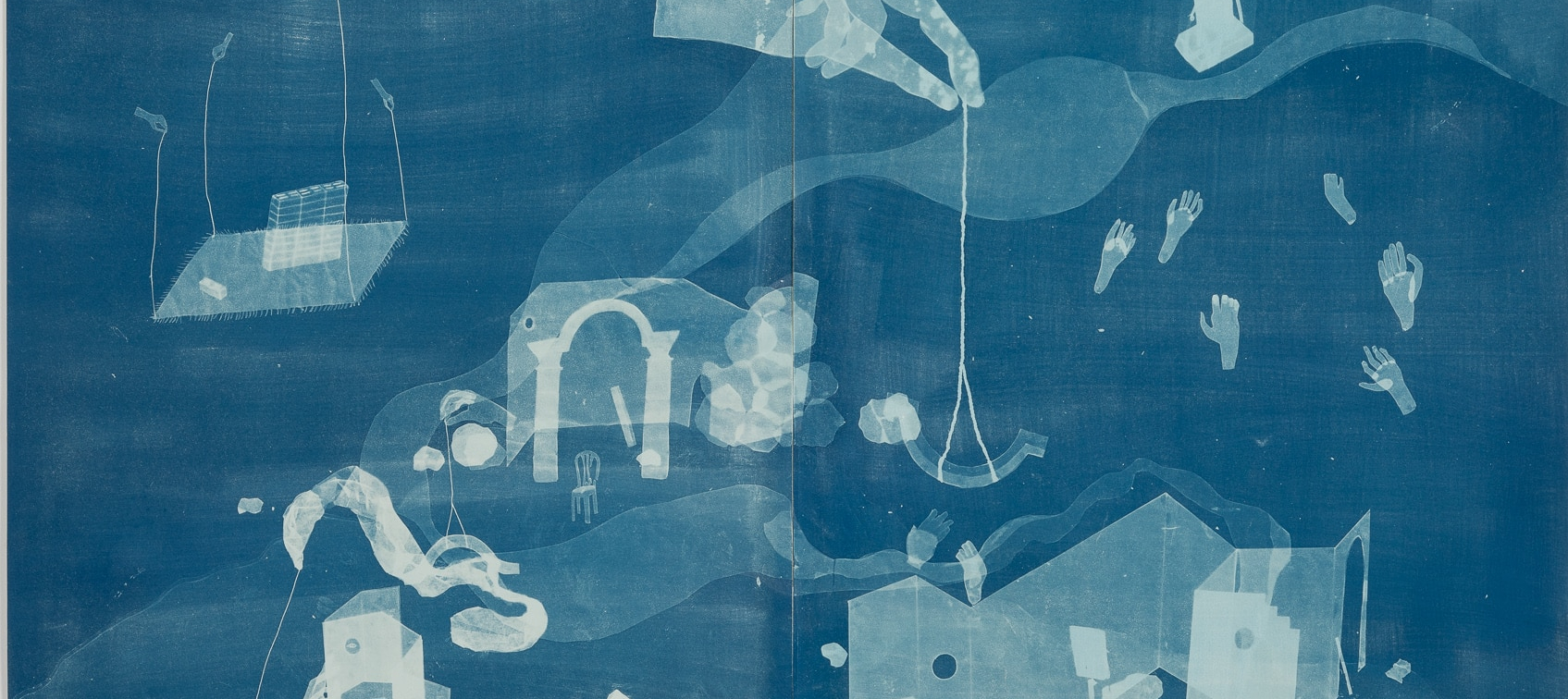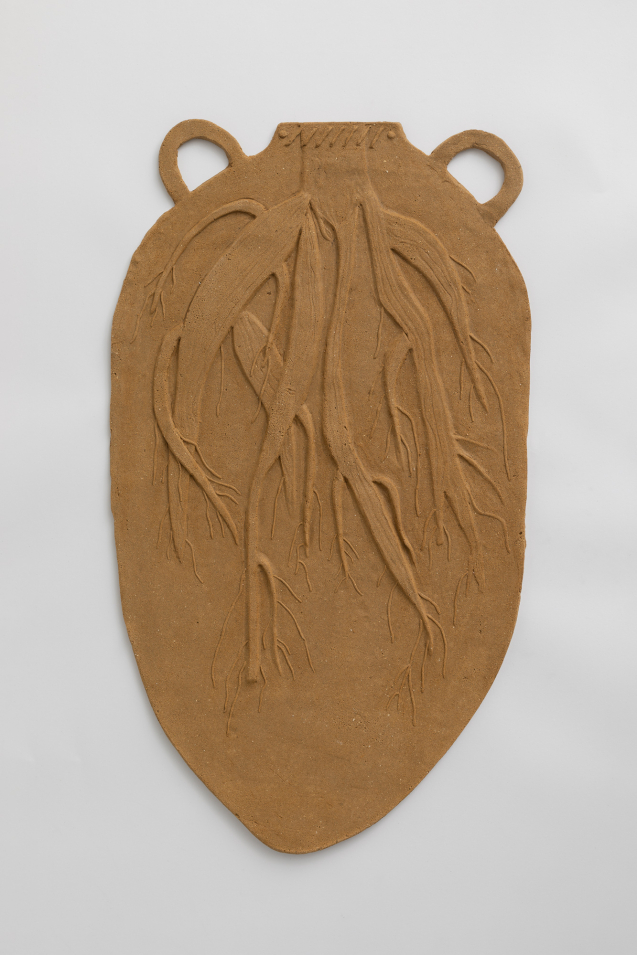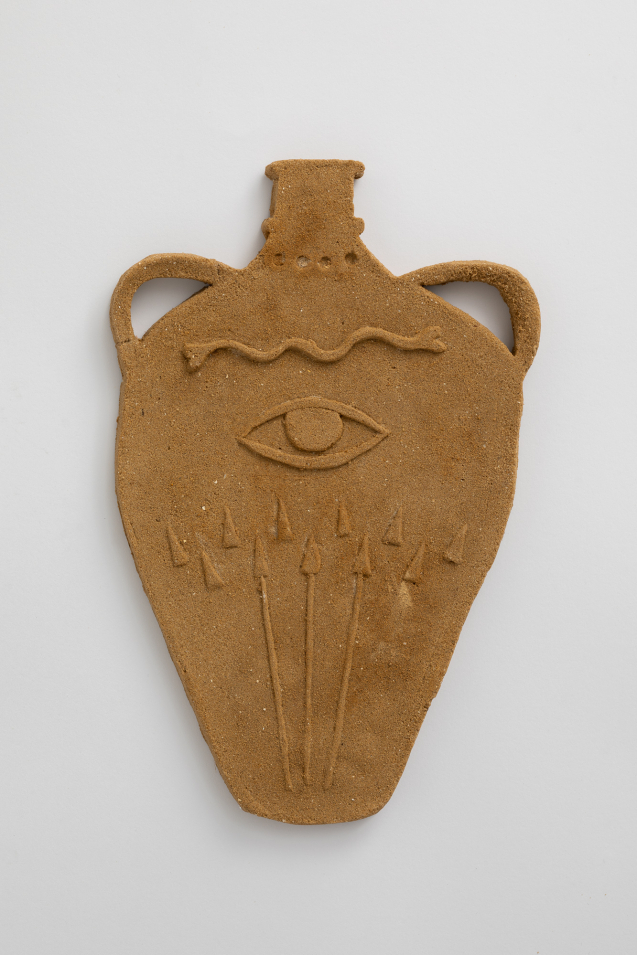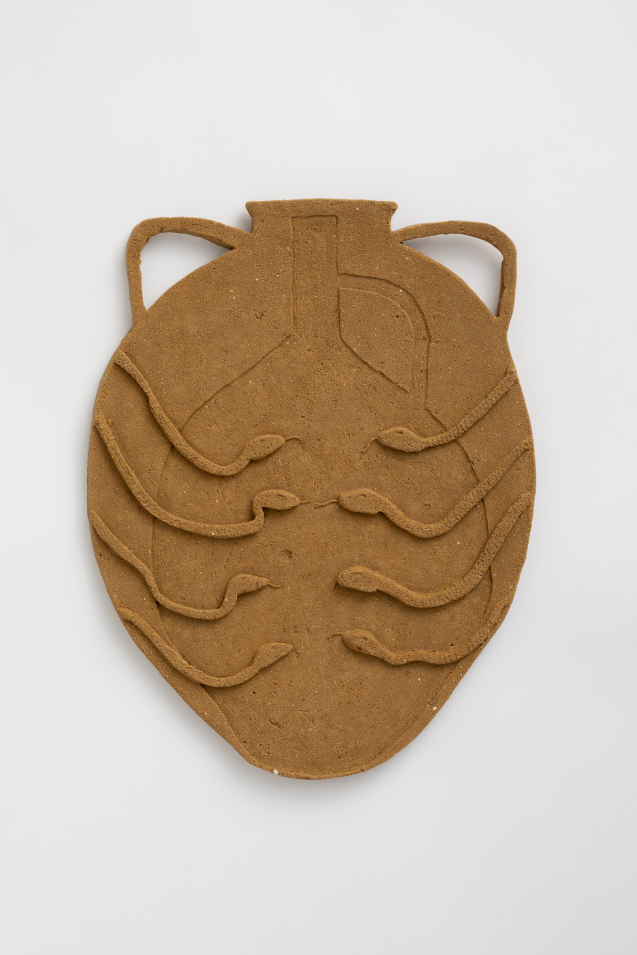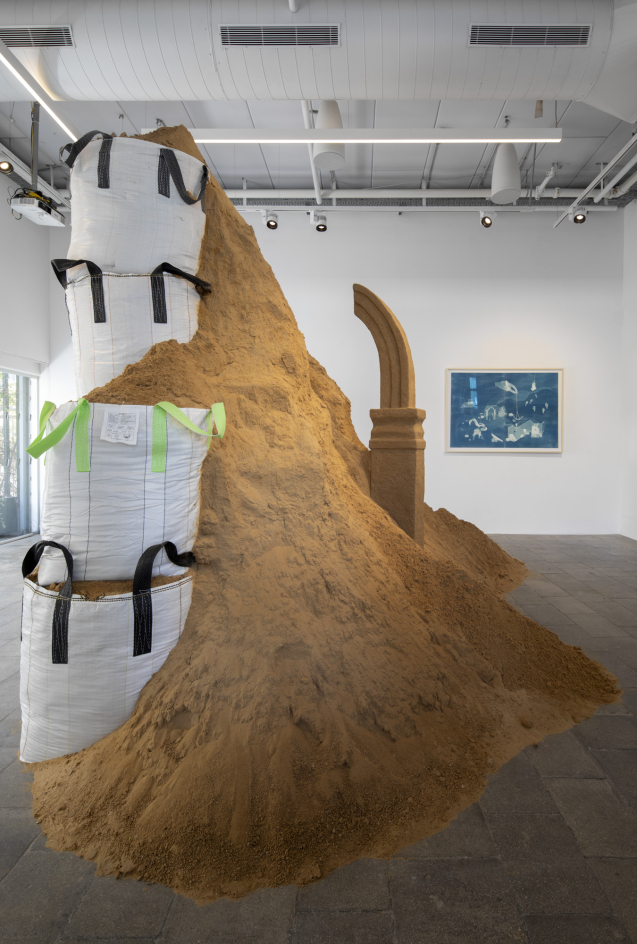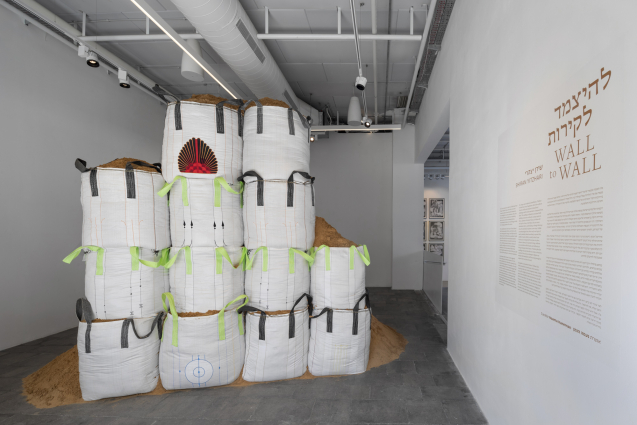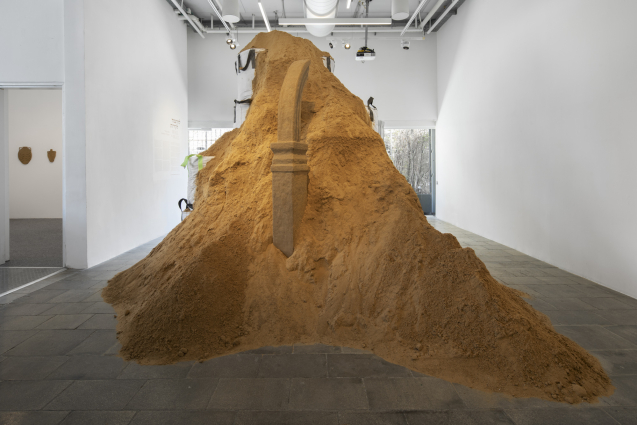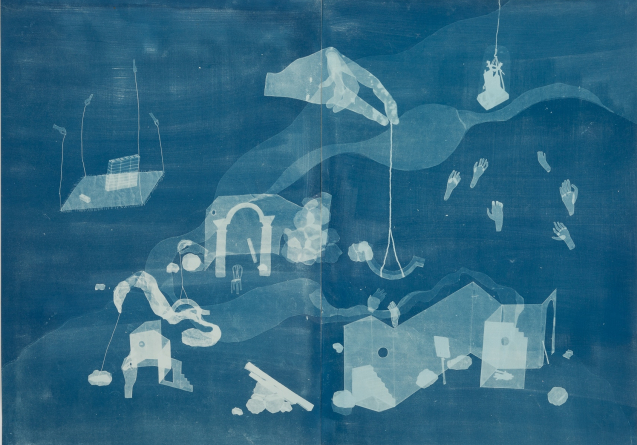The establishment of the State of Israel changed the city of Haifa fundamentally. By the end of the war, the city’s demographics changed, and Haifa was left without most of its Palestinian population. Under mayor Abba Hushi, the city launched “Operation Shikmona” to demolish the old city area. A defining moment in the city’s history, it sought to realign and rewrite the memory of Haifa. Unlike the cityscape, which was constructed gradually, over the flux of history and regional regime changes, this was a deliberate act, later repeated in other cities, the contrivance of a new narrative.
When Shiran Yitzhari moved to Haifa over a decade ago for her studies, it soon became apparent that she found her home, the object of her passion and work. Since her first days in Haifa, she has been wandering the downtown streets; documenting the history, the archeology, and the ever-changing rhythm of the streets. The numerous photographs, however, do not contain landscapes, and it would be difficult to identify where they were taken. Yitzhari’s eyes are drawn to the details. Through the act of photography, she zooms in and samples a detail from a broader picture: half a broken arch here, a flower hewn in the stone there. Through a peephole into a construction site, she photographs three steps leading to a blocked wall.
These story fragments, which Yitzhari collects from the walls and remains of abandoned buildings, could have contained a chain of belonging and identity, leading to the roots of a city where traces of ancient populations still exist. But Yitzhari’s images are free of people, who are also absent from the buildings...
Read More 